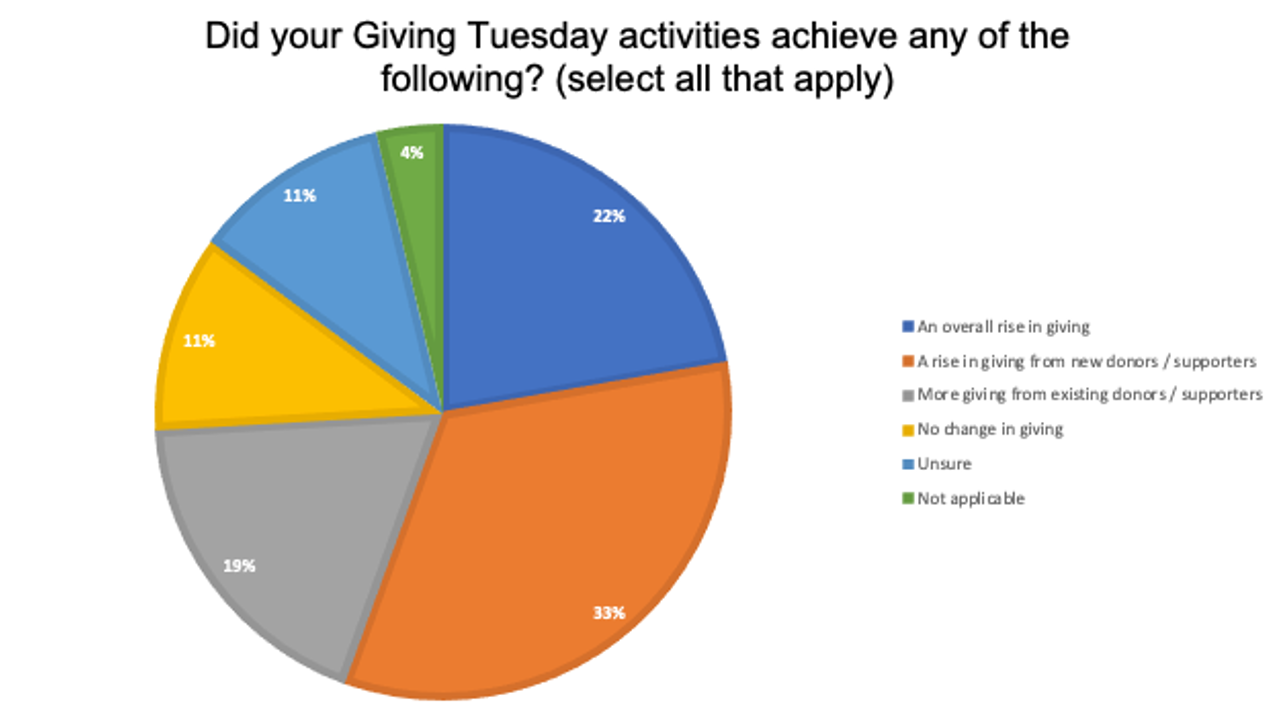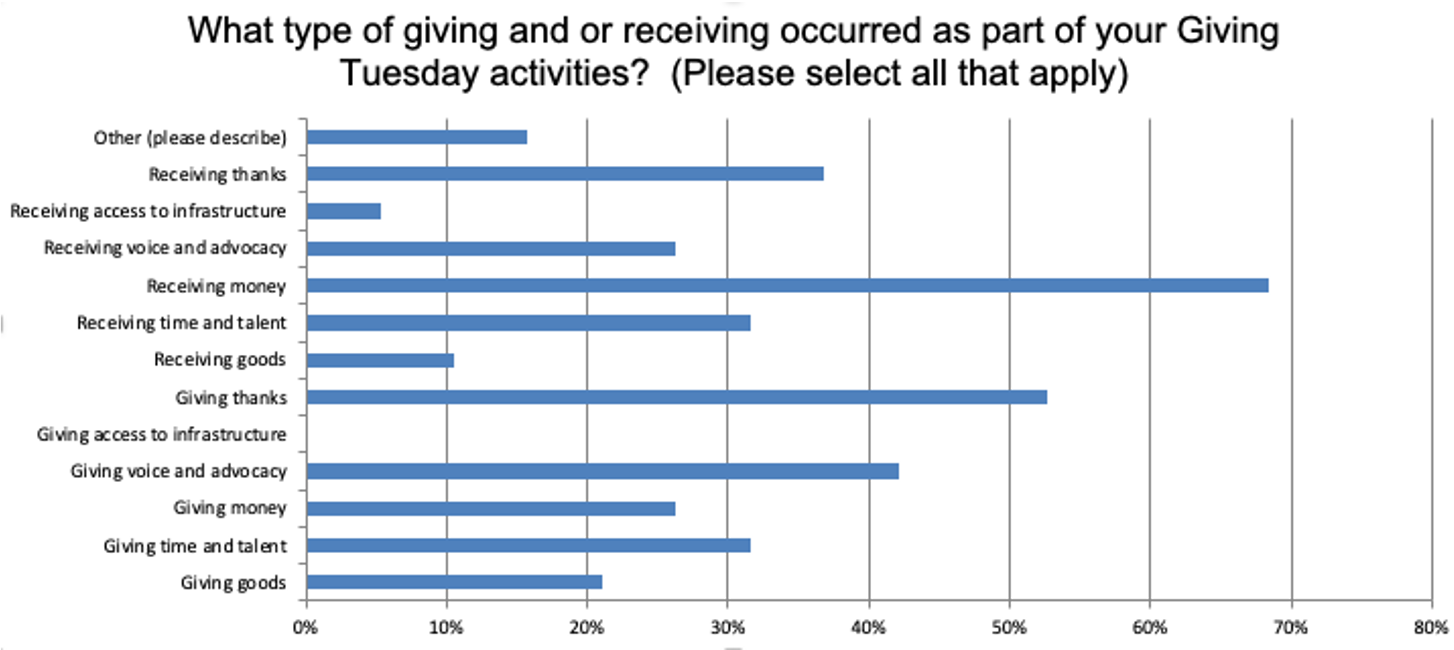
Written by Alischa Ross | 24th February 2021
The global Giving Tuesday movement
Giving Tuesday is a campaign built on a simple idea to unite people on a day that encourages giving and celebrating generosity across the globe. Since its launch in 2012, Giving Tuesday has grown into a global movement inspiring hundreds of millions of people in more than 50 countries to take part.
As we well know, 2020 didn't turn out to be the year we expected. However, despite the challenges presented early in the year by bushfires and then the pandemic, Our Community not only led Australia's GivingTuesday campaign on 1 December, but also a pop-up campaign in May to address the pressing needs faced by the community sector following the COVID-19 outbreak.
Think Impact teamed up again with Our Community to develop a social impact scorecard to better understand the impacts of Australia’s Giving Tuesday campaign activities in 2020.
Australia's Giving Tuesday 2020 report specifically looks at the trends in the type and popularity of giving activities and the experiences of people and organisations that took part in the campaign. The report highlights lessons learned to inspire more organisations and businesses to understand the value and get on board when this year’s Giving Tuesday campaign, which will take place on November 30.
Australia's Giving Tuesday 2020 campaign key findings
• 498 Australian not-for-profits, businesses and individuals took part in Giving Tuesday 2020, with participation growing evenly across each state and territory following last year's campaign.
• Giving Tuesday is a powerful campaign providing community organisations with a platform to inspire and amplify generosity across the community from new and existing supporters.
• The flexibility of leveraging the Giving Tuesday campaign in early December helps organisations boost existing end-of-year giving and calls to action.
• The greatest thing motivating people to give is the desire to improve social connectedness and empowerment through increased access to resources, infrastructure and community services.

• The greatest change in giving was the rise in donations from new supporters (33 per cent) alongside more giving from existing donors/supporters (19 per cent).
• 22 per cent of people responding to the survey reflected they experienced an overall rise in giving.

• In 2020 the most popular giving and receiving activities were ‘Receiving money’ (68 per cent) followed by ‘Giving thanks’ (53 per cent).
• Other popular activities in 2020 included Giving voice and advocacy (42 per cent), Receiving thanks (37 per cent), Giving and receiving time and talent (both 32 per cent).
• Individuals tend to see this as an opportunity to give money, although 2020 also saw a focus on giving thanks from individuals and organisations as well as giving your voice and advocacy to social issues that matter. In the context of COVID-19, this is both a welcomed and expected trend that connects to the message of giving thanks that was strongly promoted by the campaign organisers.
•There is continued opportunity to expand how people think about giving, drawing greater attention to the value of non-material giving and the ability for everyone to actively take part in this campaign centred on all types of generosity.
Giving Tuesday inspires innovation
• 65% of people said that Giving Tuesday 2020 inspired innovative activities.
• Many comments focused on increased leverage and agility across social media, including the use of influencers, focusing on messages of giving thanks, social media takeovers and the development of a giving app.
• Corporate matching was also a successful new activity highlighted by several organisations.
'One of our corporate partners came on board to offer a matched giving opportunity of $24,000. We used this amount to go to our market to raise $24k in 24 hours' – Giving Tuesday survey respondent







